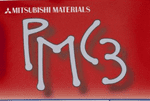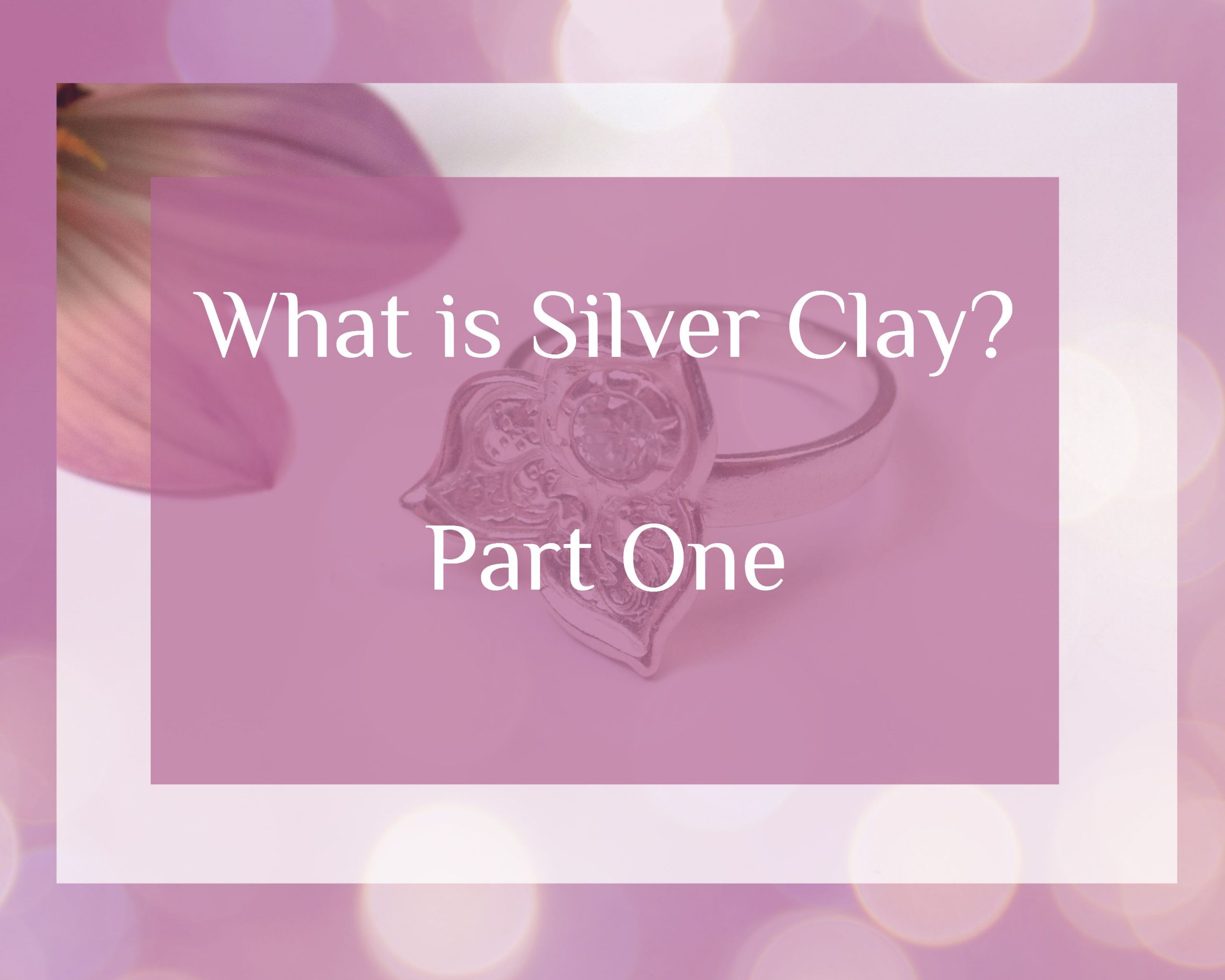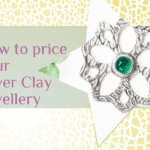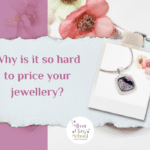What is Silver Clay?
Silver Clay represents a dramatic development in the handling of precious metals. Silver Clay consists of microscopic particles of silver or gold suspended in an organic binder to create a pliable material with a consistency similar to modelling clay. When heated to a high temperature, the binder burns away and the metal particles fuse to form solid metal that can be treated like regular silver or gold.
How Does It Work?
Under the proper conditions, particles of metal fuse together in the same way that droplets of water run together to make larger puddles on the window pane – this is called sintering. In the case of metals, oxides (tarnish) that form naturally on most metals prevent this from happening. But fine silver, the process happens naturally. When firing base metals or those with alloys (like sterling silver) the solution is to submerge the pieces in carbon to limit the oxidisation process caused by oxygen. This is not necessary for fine silver.
What does it mean for the Jewellery Maker?
The advent of Silver Clay has meant that crafters can enjoy making silver jewellery on their kitchen table!
It’s reduced the need for expensive tools and laborious work to produce silver pieces and the ease of use means that people find it really easy to make their first pieces. Obviously with any craft, the more you do the better you get at creating, but Silver Clay has made that process so much easier by being so accessible and user friendly!
Terms explained
I don’t want to take anything for granted so I just wanted to make sure that you understand the different types of silver I discuss in this blog, just in case you’re not sure.
- Fine Silver – This is the purest form of silver, 999 parts of silver out of 1000.
- Sterling Silver – This is an alloy (a mixture) of silver and copper –925 parts of silver out of 1000, with the other 75 parts being copper.
- Britannia Silver – This is an alloy of silver and copper – 958 parts of silver out of 1000 with the other 42 parts being copper.
Different Brands of Silver Clay
There are a few different brands of Silver Clay out there. At the very core of each of the products, they are basically the same. Silver particles in an organic binder which when a high heat is applied, the binder burns away and you are left with silver metal in its place. BUT there are differences between the workability and the feel of different brands and there can be significant cost differences too.
It’s up to you which ones you use in your projects because you will choose one that appeals to working style and your budget. The Silver Clay School is brand neutral and I have no vested interests in which clay our students use. That being said, I will begin working with the longest established brands in the market place I am certified in both of them and know that they are reliable and deliver consistent results. Over the life of the projects, I will be testing other brands and share my experiences with you so you don’t have to.
Mitsubishi – Precious Metal Clay
Mitsubishi’s product Precious Metal Clay (PMC) was the first to market in the early 1990s. Since the earliest generation (PMC Original, which has since been discontinued) PMC has gone through several product improvements. The main aim of these improvements was to decrease the size of the silver partic les within the clay, making the end product stronger and more resilient. The other main purpose was to ensure that the clay could be fired in a more accessible way – i.e. with a butane torch rather than with a kiln – perceived to be expensive and bulky. So now, the most recent fine silver clay is PMC3 – it’s the strongest fine silver clay with the smallest and most uniform sized particles and can be fired by a butane torch! Perfect for home crafters to enjoy!
les within the clay, making the end product stronger and more resilient. The other main purpose was to ensure that the clay could be fired in a more accessible way – i.e. with a butane torch rather than with a kiln – perceived to be expensive and bulky. So now, the most recent fine silver clay is PMC3 – it’s the strongest fine silver clay with the smallest and most uniform sized particles and can be fired by a butane torch! Perfect for home crafters to enjoy!
In a later blog, I will talk about the products that Mitsubishi offer to the market.
Aida – Art Clay Silver (ACS)
Soon after Mitsubishi’s launch of PMC, Aida – another Japanese company launched their version of Silver Clay – Art Clay Silver. This product has also gone through various changes to its formula to make it more usable and accessible to the crafting market. Like the very famous cola brands out there – these products are very similar in their molecular makeup. They can be used interchangeably. You can even use them together. It’s all about personal preference.
the crafting market. Like the very famous cola brands out there – these products are very similar in their molecular makeup. They can be used interchangeably. You can even use them together. It’s all about personal preference.
Other brands worth a mention at this stage are;
FYI Silver
FYI stands For Your Inspiration. A brand available in the US at the moment. Another fine silver clay which can be fired with a butane torch.
Aussie Metal Clay
They have a fine silver clay and sterling silver clay (more on that later in part 2 of this blog!)
I hope that’s given you a bit more information about Silver Clay. Stay tuned for part 2 where I guide you through the different types of Silver Clay.
Remember, if you want to make sure you don’t miss a thing, sign up for our newsletter and you’ll get everything delivered to your inbox AND a free project too.
Emma x








Hi Emma,
I’ve been trying to contact you through your contact us page but doesn’t seem to be going. I’m sorry if this is a duplicate I was interested in your beginners silver clay class and was wondering if it’s a good idea to make a weekend of it and do the ring making workshop the following day. Can you please let me know your availability, the price and if my 15 year old daughter can come too.
Many thanks
Denise😀
Hi Denise
Thanks for letting me know, I will look into the Contact page. But in the meantime, I have emailed you with regards to your question.
With very best wishes
Emma